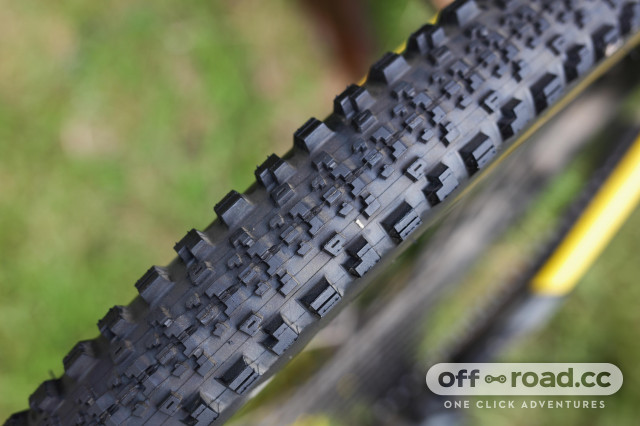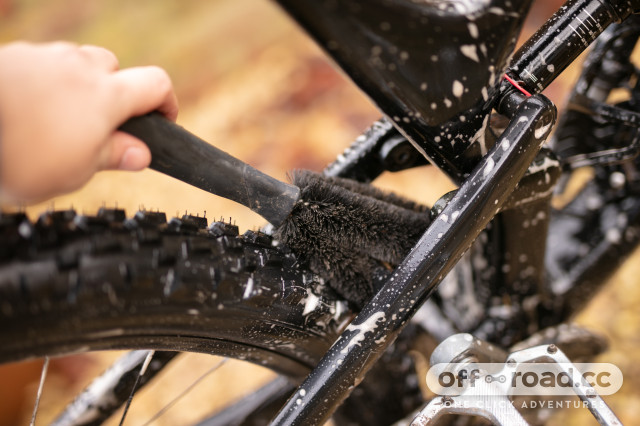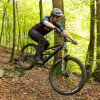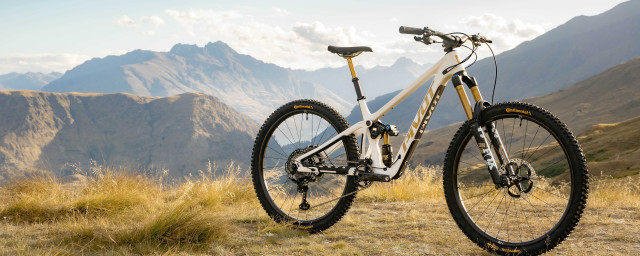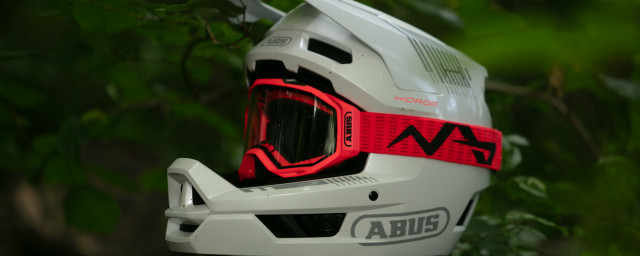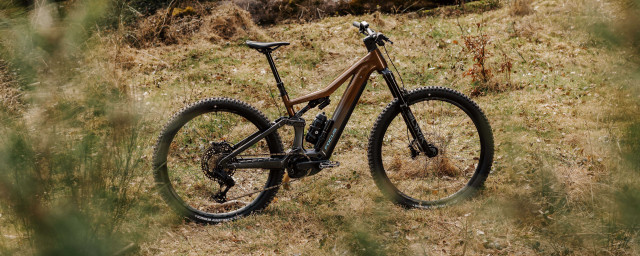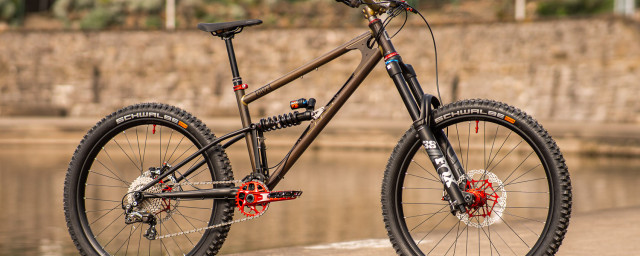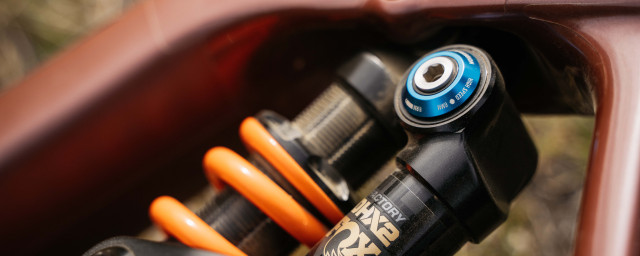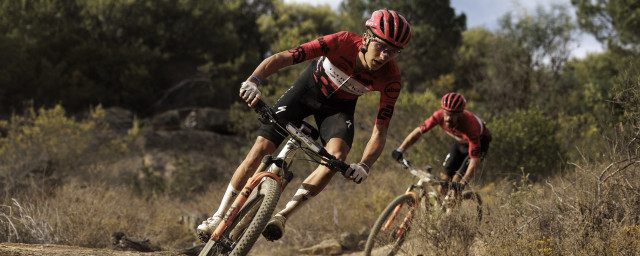How to get your bike ready for summer
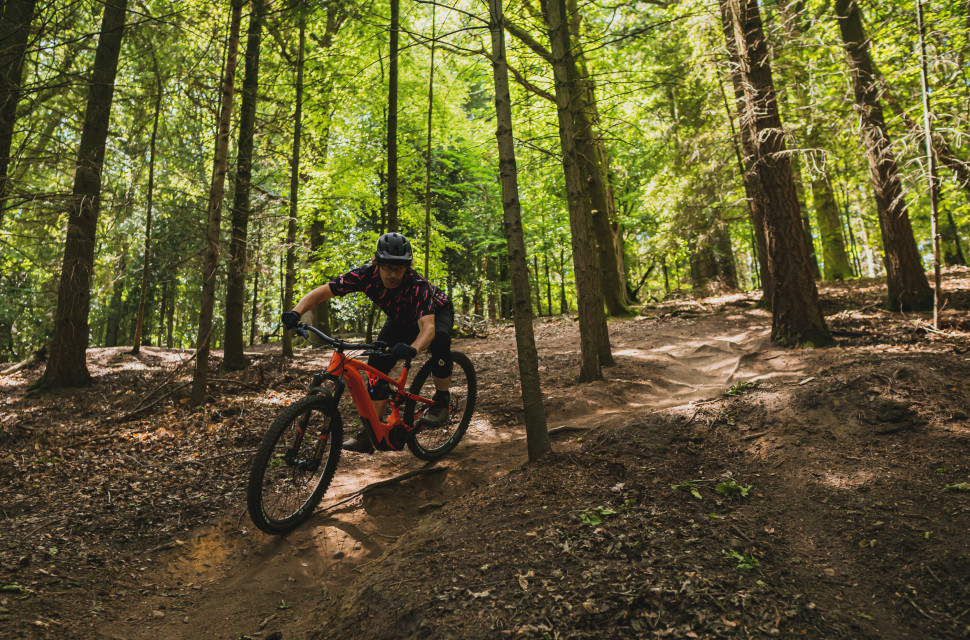
For us Brits, the dry weather of spring and the dusty trails of summer are all we think of as we trudge through every wet winter. And where wet tracks do great things for improving your skills, dry and dusty trails are naturally faster than muddy winter singletrack and require better reflexes and several tweaks when it comes to your bike setup. Below are some handy tips for getting your bike ready to shred through spring and summer.
- MTB cockpit setup - How to clean up your handlebars
- How to set up your mountain bike suspension - suspension set-up explained
- 5 mountain bike setup mistakes to avoid - we've been there so you don't have to
Increase tyre pressures
Dry trails present much less rolling resistance because all of the thick mud that gets churned up through winter hardens. Due to the firmness of the trail, it’ll be far easier to ride faster, and you’ll be doing so with much less effort.
Where in winter we dropped tyre pressures to boost grip, adding some extra psi will provide vital puncture and pinch-flat protection to your tyres as you begin to start hitting trail obstacles harder than you would in winter. A slightly firmer tyre will also help it withstand the greater lateral forces it’ll be put through when cornering faster, over harder trails.
Consider tyre inserts
If you ride particularly hard and fast, are a heavy rider or just want to reap the grippy rewards of lower tyre pressures, it's worth investing in some tyre inserts. They will protect your rims in the event of hard hits, too.
Tyre inserts are great because they provide greater benefits than inflating your tyres a little more. They offer even more tyre support for better stability in the corners and they can even help lower rolling resistance. Best of all, they provide the best protection for your bike’s valuable rims.
They aren’t without downsides, however, as they add weight to your bike and they can become a burden should you damage a tyre beyond repair and need to resort to installing an inner tube. Some tyre inserts can also be a proper pain to fit.
Choose a lower-profile tyre tread
In the winter, mountain bike tyres with taller tread profiles do a great job of digging into the soft and wet upper trail surface, through to the harder and grippier stuff underneath. As dry trails don’t necessarily have a soft upper layer (unless it’s deep dust) and generally have more grip readily available, riders can get away with choosing a lower profile tread pattern to reduce rolling resistance even further.
The taller knobs of winter MTB tyres can actually come as a downside when the trails harden as they’re often constructed of a softer rubber compound. Combine that with a taller height and they can roll under cornering forces, making the bike communication feel vague and unstable.
A lower tread profile will increase the contact patch on the trail, generating more grip while rolling faster as you don’t have to push through the height of the knobs. If you’re looking for all-out rolling efficiency but without sacrificing cornering grip, take a look at semi-slick tyre such as the Maxxis Minion SS which get a mega low-profile centre tread and the shoulder knobs of the Minion DHF.
To put it simply, a dry and hard trail offers plenty grip so you don’t have to worry so much about the tyre generating all of the grip. But as always, this is a balance where you should properly consider the type of riding you’re doing and the particular conditions of the trails you ride.
Take a look at your suspension settings
As I've touched on before, you'll likely be riding faster and harder when the trails dry out and your suspension might not be set up to suit your newfound speed. As you'll be rolling over terrain faster, consider speeding up your rebound adjustment a click or two. To keep your fork from diving when you initially hit a lumpy section, think about winding on a click of compression damping.
Doing so should result in more comfort, more grip and better predictability. It'll also stop your suspension from packing down and being unable to extend fast enough to absorb the next impact properly. But as always, it's well worth experimenting.
Switch to a dry chain lubricant
Drivetrains and chains are expensive, so ensuring that you’re introducing as little dirt to the innards of your chain links as possible is essential to greater drivetrain life. Wet chain lubes have a low viscosity, so the lubricant can cling onto the chain even during puddle crossings and general wet and rainy weather. However, because these lubricants are thicker, dirt has a greater opportunity to stick to the chain and create a grinding paste.
This is where dry lubes come in. They’re more viscous so dirt shouldn’t be as easily attracted and the chain will remain cleaner for longer. The chain will also be easier to clean.
But your particular riding conditions should be considered here because if you cross a lot of streams, dry chain lube will wash away and you’ll be left with an unlubricated chain.
Consider organic brake pads
Organic pads (or resin pads), tend to suffer in wet conditions but they do have their advantages. When moisture isn’t so much of an issue, they provide sharper braking and a lesser break-in period. They’re quieter, too.
Ditch the mudguards
Minimal front mudguards may be a year-round fixture for the ever-changing conditions of the UK’s weather but if you prefer to run large and highly protective mudguards at the front and rear throughout the winter, it’ll be well worth removing them and/or replacing them with a smaller, more discreet mudguard.
With big mudguards hanging off your bike, you’re carrying around unnecessary weight. If you’re concerned about the odd rainy day, opt for a minimal guard for the best of both worlds.
Keep washing and lubricating your bike
Even though you'll be coming home with a much cleaner and less muddier bike, keeping it clean is still vital. Even though it's dry, dust can build up in areas and cause wear to the important parts of your bike. You won't have to attack your bike with cleaner and a brush but giving it a quick rinse will remove any potentially harmful contaminants.
The same goes for your chain and drivetrain, too. While a dry lube doesn't attract much dirt, a grinding paste will eventually still form. Keeping any suspension and dropper post seals free of dirt will only prolong the life of your bike's vital components, too.


